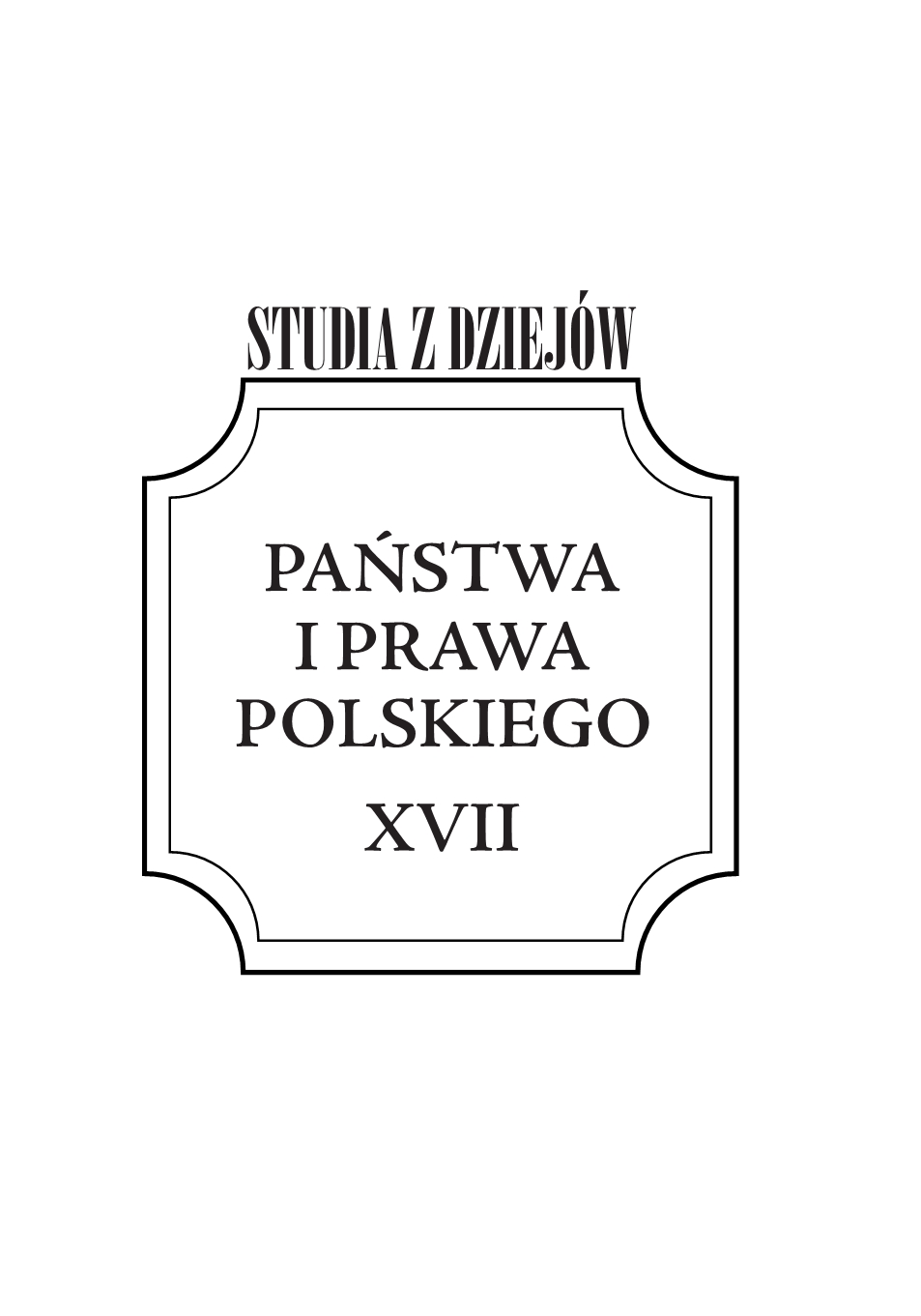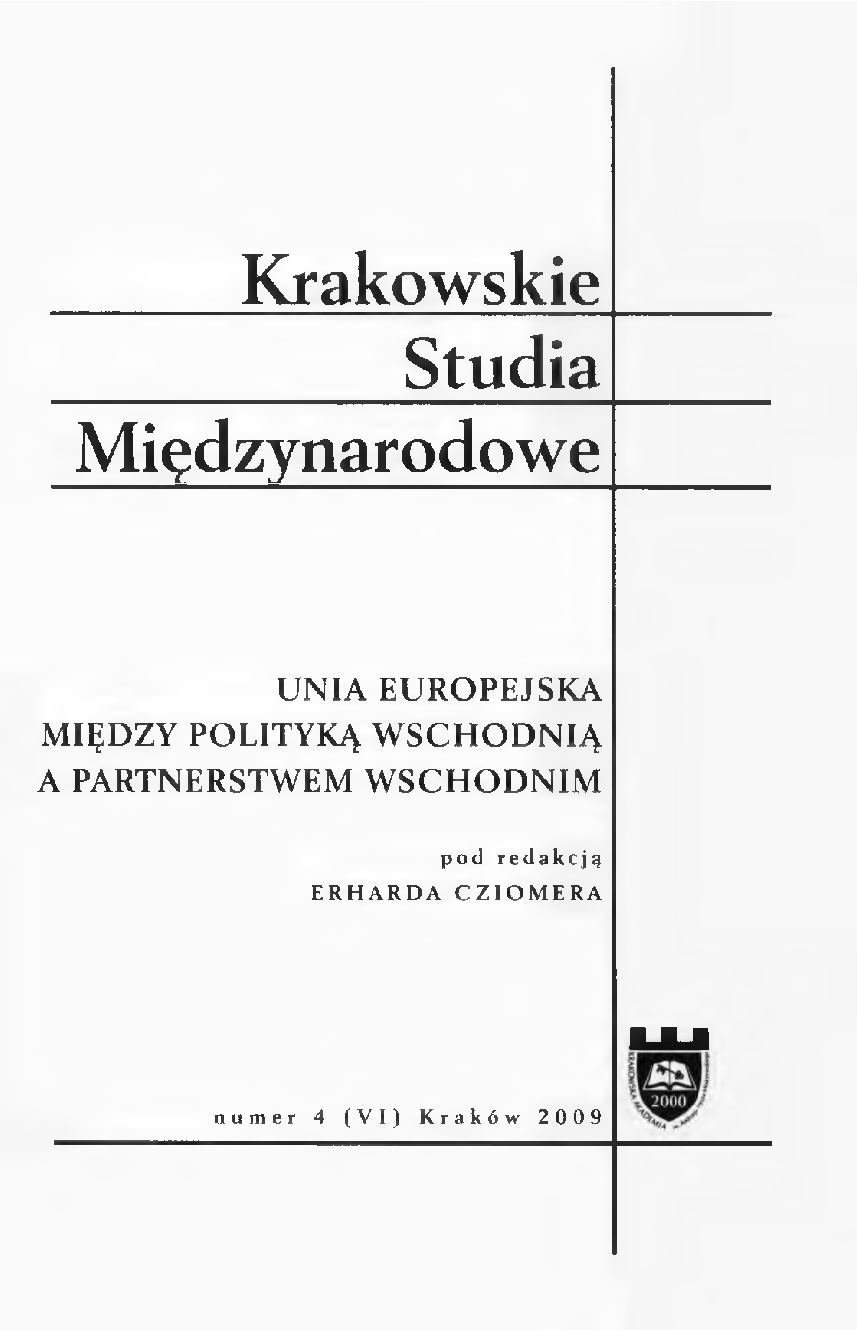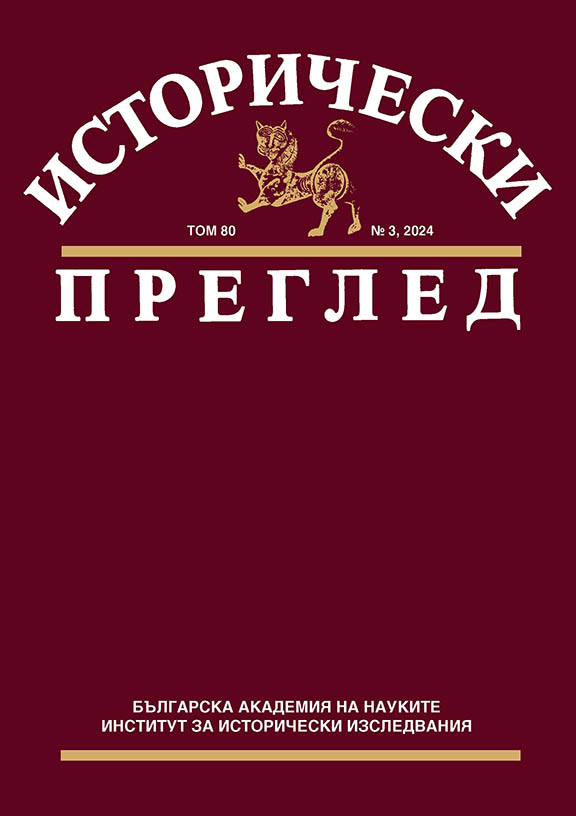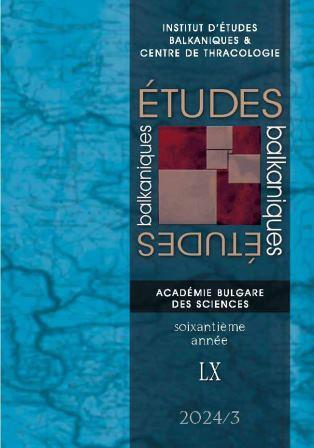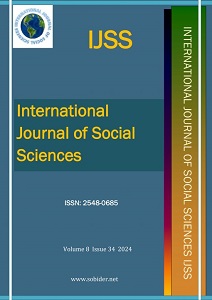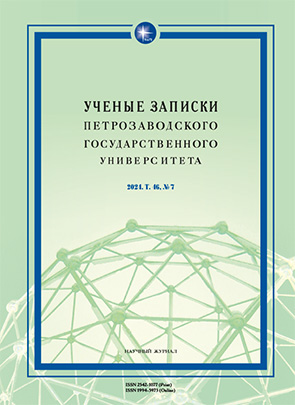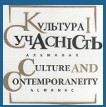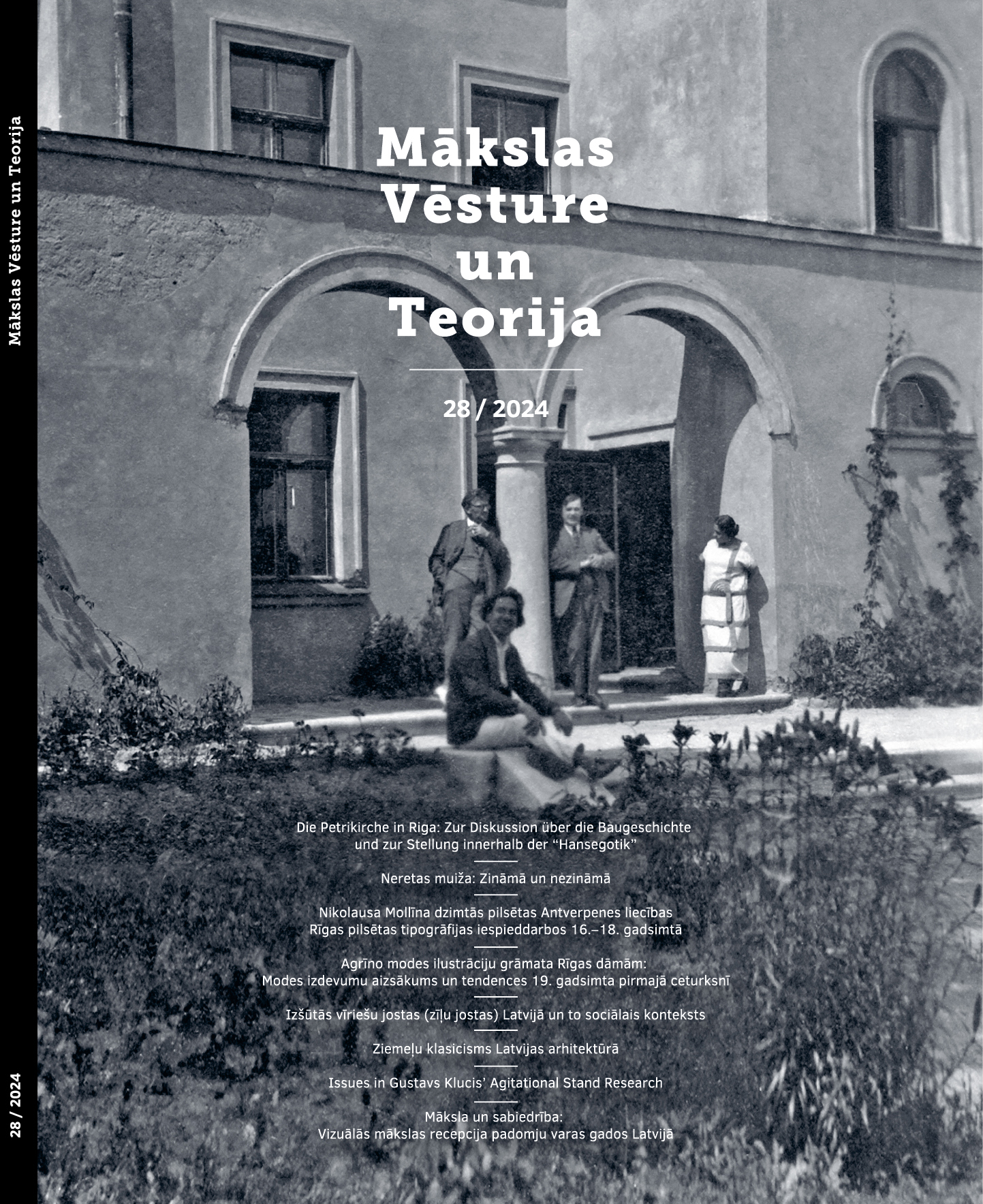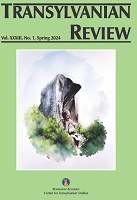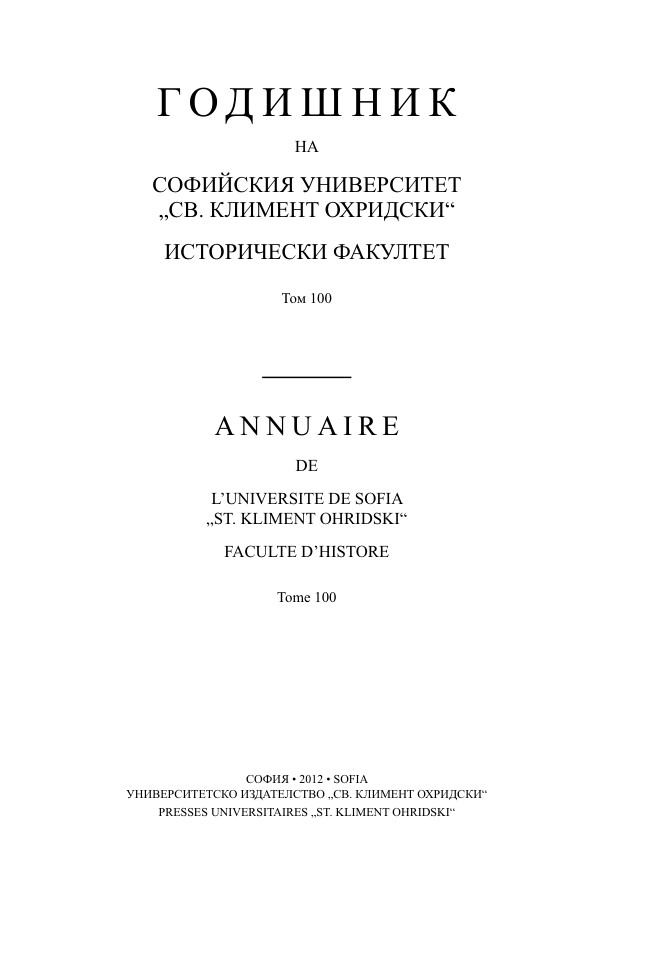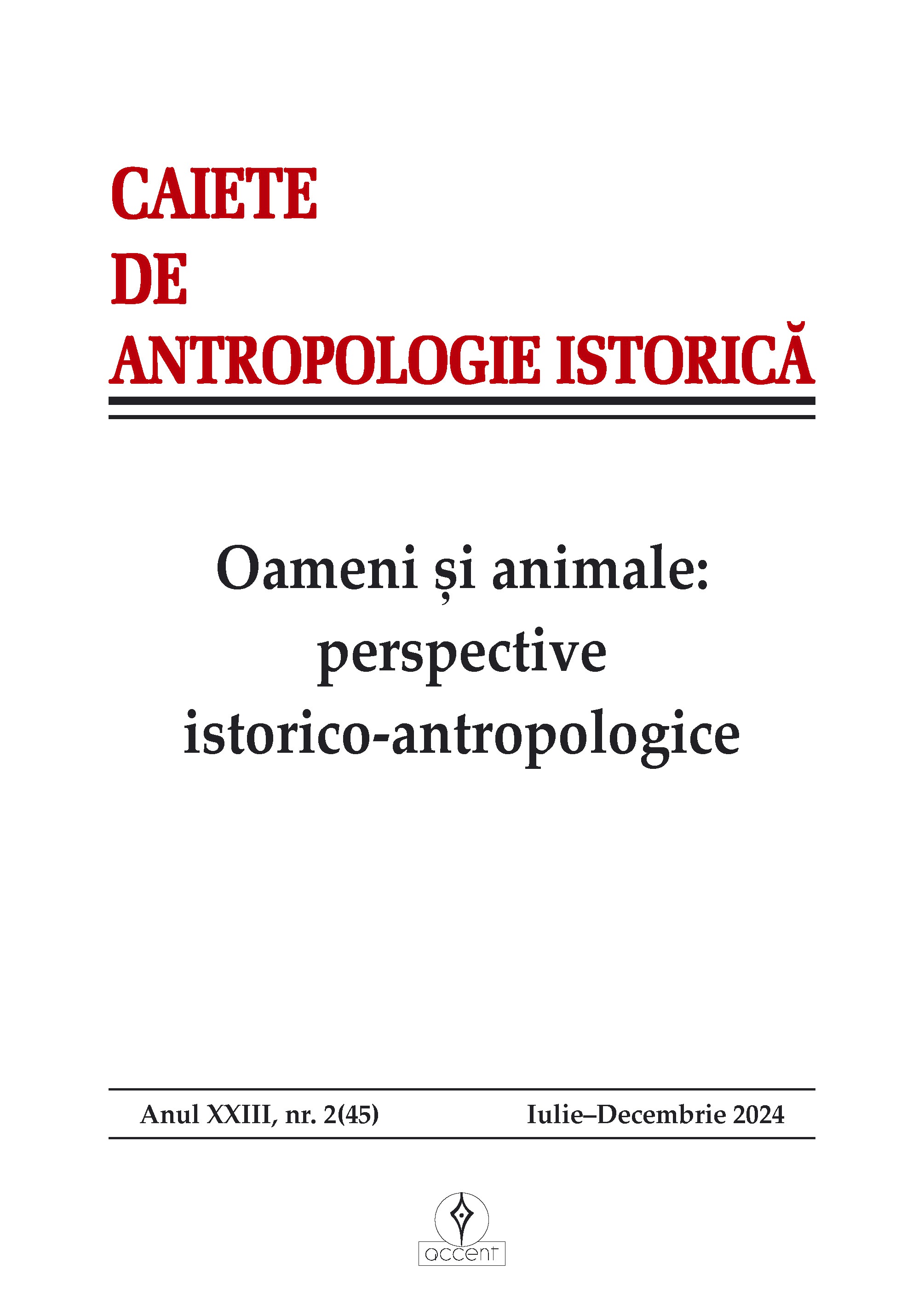Author(s): Ilmārs Dirveiks / Language(s): Latvian
Issue: 28/2024
The former Nereta Manor was located on the border between Latvia and Lithuania and was one of the oldest manors in Sēlija, its name being first mentioned in written sources in the 14th century. Today, the manor centre, a national architectural monument, consists of three buildings grouped around a courtyard, only one of them is partially preserved, while the others are in a ruined state. The article is based on architectural studies of Nereta Manor carried out in 2010, 2011 and 2023. Within the framework of these studies, the existing data on the building’s construction history were analysed, the buildings were surveyed in detail to propose new hypotheses and provide new objective material for the historical-stylistic assessment of the Nereta Manor buildings in the overall picture of the architectural history of Latvia.Today in Latvia, manor buildings of the 17th and especially of the 16th century are rare and little is known about their architecture. Outlines of only a few monuments are more or less familiar to us. In the late 16th and early 17th centuries, the most important residences were built by high officials of the Duchy of Courland and Semigallia. The court culture of the Duchy strongly influenced the local nobility’s tastes and the manor house architecture. Manor houses were distinguished by their larger volumes, the combination of several blocks, and decorative elements, while at least initially, retaining the character of fortified settlements or castles. The quest for secure housing and defensibility of Renaissance residences was supported by the characteristic elements of medieval defensive structures – corner towers, moats and enclosing walls with firing slits, as well as the arrangement of the blocks around an enclosed courtyard.The existence of a fortified castle-type settlement in Nereta on the southern border of Livonia is logical in the 15th century, but especially in the first half of the 16th century. The manor centre was built on the riverbank and, at least initially, could have been covered by ditches dug for additional protection. This study concludes that the evolution of the buildings in the centre of Nereta Manor is more complex than previously thought and proposes a hypothesis for the historical development of the buildings. The oldest construction periods date back to the 16th and 17th centuries. A 16th century enclosing wall with firing slits has been partially preserved. The firing slits in the wall’s eastern and western sections are an element that largely determines the perception of the development of the manor house in the 16th century and its recognition in the overall picture of the architectural history of Latvia.In the second half of the 16th century, the so-called “Old Palace” was built next to the east enclosing wall, with grey-painted, rough-plastered opening surrounds and rustication on the white-plastered facades.The building as it appears today is the result of 18th- and 19th-century alterations. Inside the Old Palace, some interesting historical elements have been preserved, such as the hearth, toilet niches, decorative wall paintings, 19th-century wall cornices and windows, as well as clay tile and brick floors.Recent research at Nereta Manor has led to a revision of the dating of some parts of the building. For a long time, the focus was on the wing on the courtyard’s east side and on the enclosing wall fragments with firing slits. The erroneous belief that the “Palast” was built in the 18th or 19th century was held by professionals themselves without any justification. The study concludes that the construction of the western wing, or “Palast”, dates back to the last decades of the 16th century, or at the latest to the beginning of the 17th century. The new building is a substantial 2-storey dwelling house with a cellar. The façades are enhanced with sgraffito decoration, popular in the late 16th and first half of the 17th century. The courtyard-facing facade had a circular or polygonal staircase extension, typical of Renaissance buildings in Europe. The “Palast” is a dwelling house representative of the social status and period of Wilhelm von Efern, the founder of the Nereta manor ensemble. The representational role of the nobility's dwellings became increasingly important in the social hierarchy. This is clearly illustrated by the position of the new building on the outside of the defensive wall. In the 17th century, the centre of Nereta Manor was partially fortified, with a defensive wall with firing slits on the south-facing part of the building. The architecture of both dwellings was characteristic of the second half of the 16th century and the 17th century in the facades and interior decoration. In the second half of the 18th century, the first major reconstruction of the “Old Palace” took place, with the existing volume remaining unchanged and two floors replaced with three. The massive Renaissance porch with staircase on the courtyard side was no longer suitable for the new levels and demolished. From 1824 to 1920, Nereta Manor belonged to the family of Count Shuvalov. During this period, extensive renovation and transformation works were carried out on the manor's residential and farm buildings. The buildings as a whole took on the architectural features of manor houses of the first half of the 19th century with half-hipped roofs, new windows, doors and openings. Porticoes were built at the entrances of both blocks.Given the old age of the building complex, there will be many more discoveries at Nereta Manor in the future, which will involve excavation and archaeological research. The time of construction of the buildings could be established using modern dating methods. The protective character of the 16th century buildings and the transition to a representative nobleman's residence are a particularly striking feature of Nereta architecture. This typological uniqueness determines the special significance of Nereta Manor in the history of Latvia’s architecture, as well as in the context of the cultural heritage of the Renaissance period.
More...
